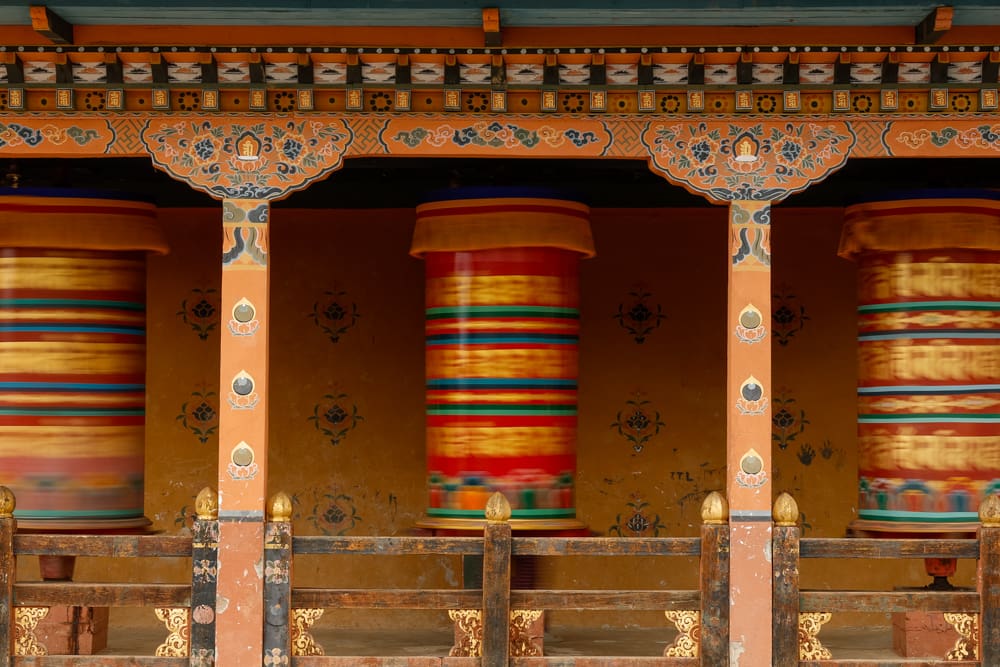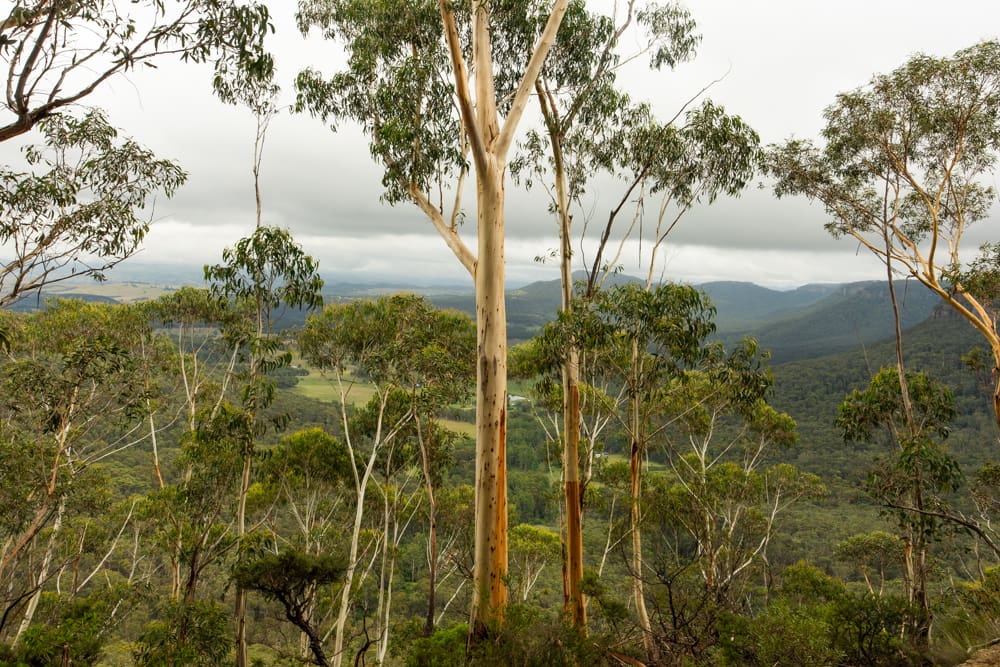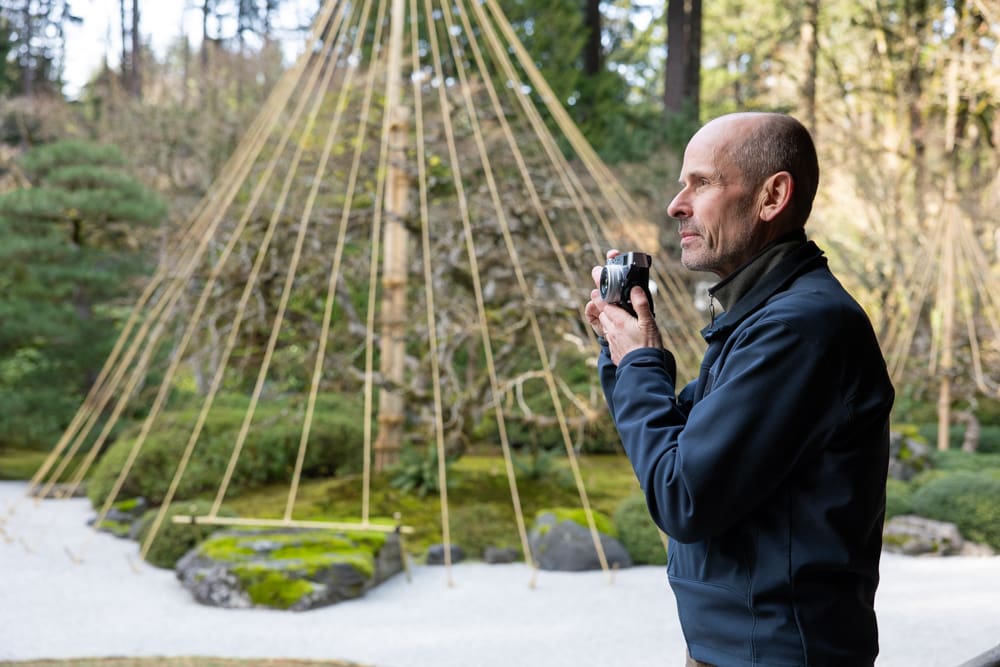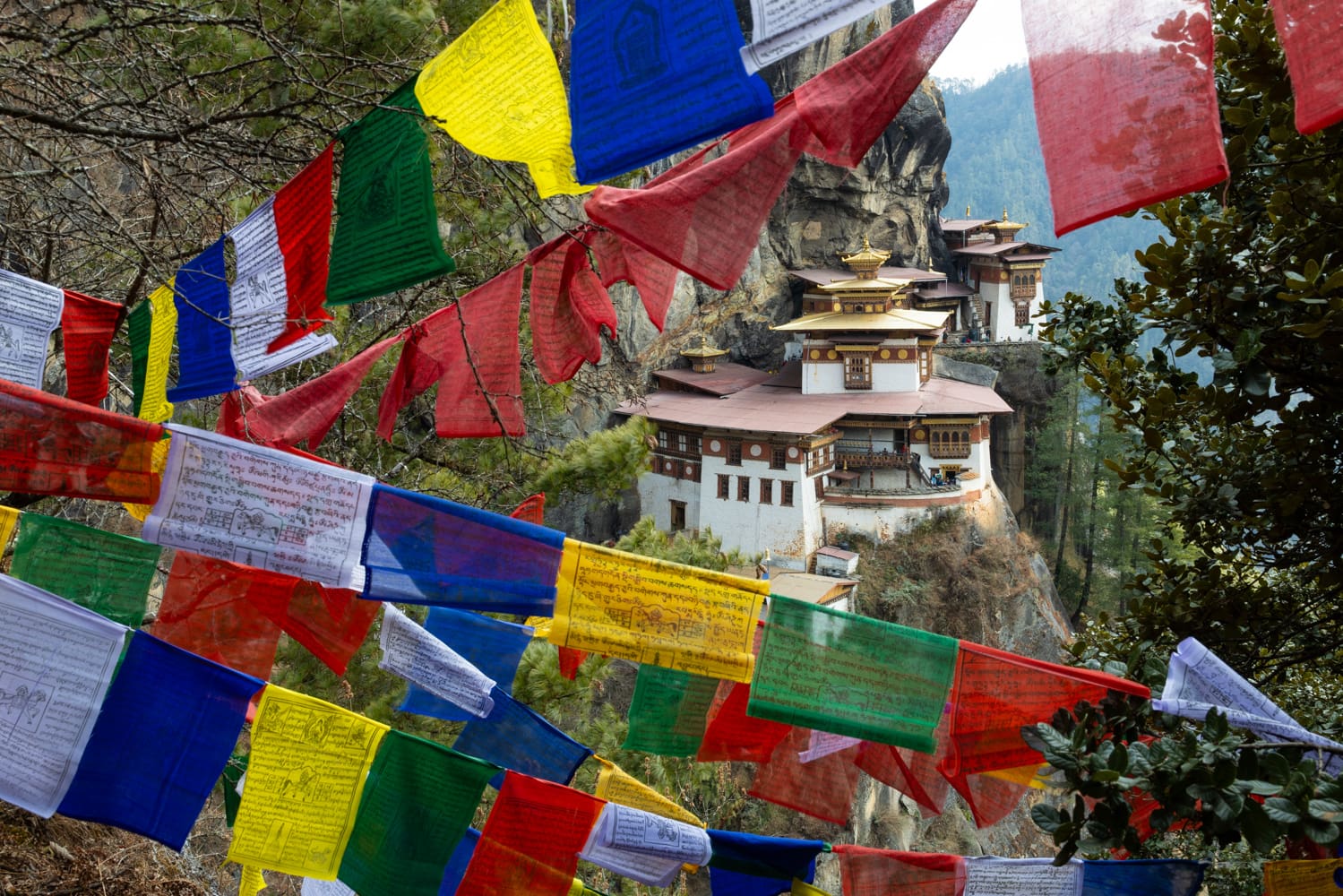The primary reason I chose to travel to Mongolia in late June to early July was the Naadam, the nation’s largest festival. This Olympic style event has roots reaching back as far as the 13th century. It consists of colorful opening ceremonies, followed by wrestling, archery and horse racing. Mongolians practice each of these sports in a way that I found unique and ultimately a bit challenging to photograph.
Naadam in Dalanzadgad
In the run-up to the large Naadam in the capital city of Ulaanbaatar, small towns often hold their own events. These produce regional champions that make it to the next level of competition. Our first exposure to the Naadam was in the mid-sized town of Dalanzadgad. It had the feeling of a small town parade. Here we were able to practice shooting all the events.
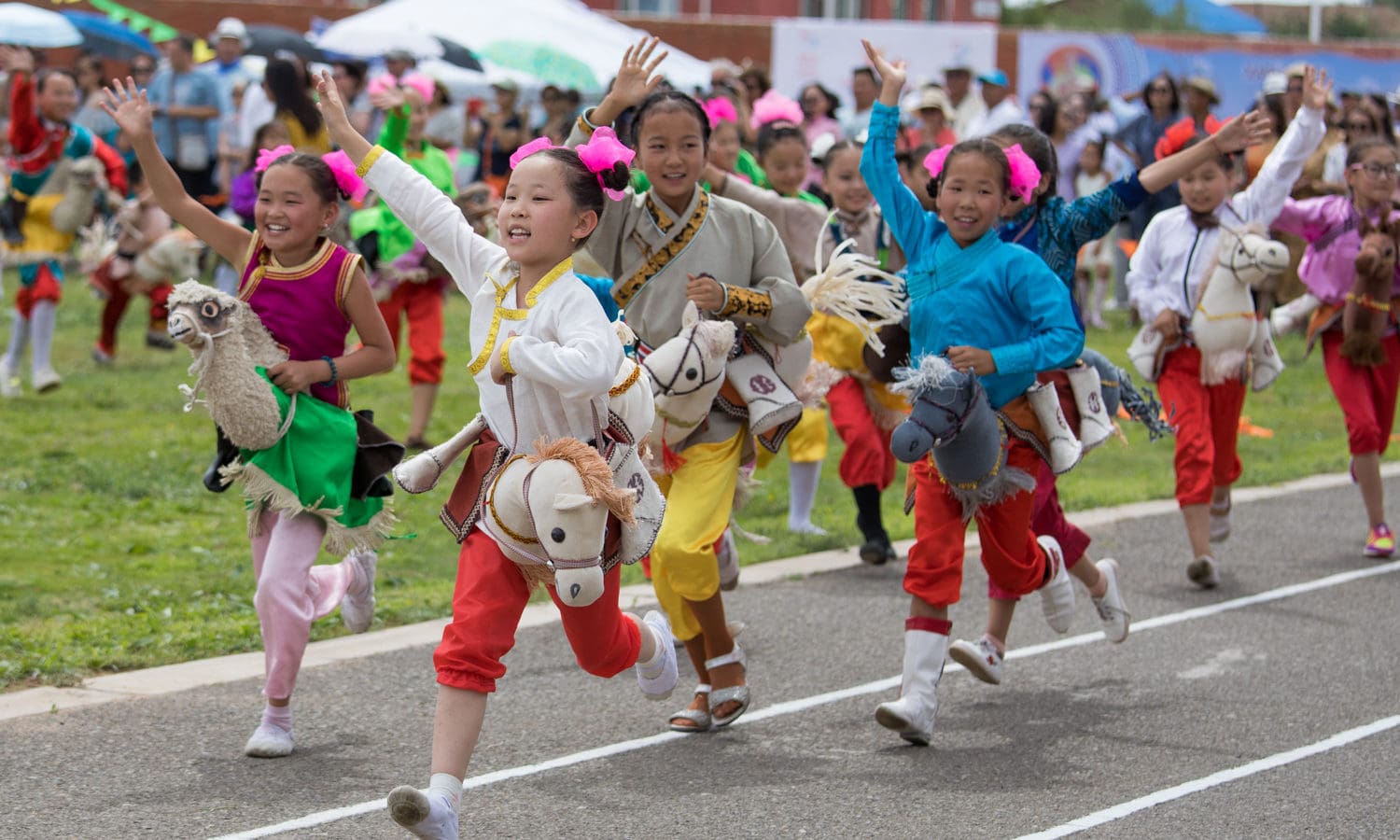
Opening Ceremonies in Ulaanbaatar
In Ulaanbaatar, the full force of the festival was upon us. The two-hour opening ceremonies gave the summer Olympics a run for their money. We had obtained press passes which put us on a platform a bit closer to the field. Trapped in one spot for those two hours, I battled to keep every square inch of my space. Unable to change my point of view I was glad to have my 300mm f/2.8 for both the reach and the shallow depth of field.
Wrestling during Naadam
Far off in the middle of a field, the wrestlers fought with three referees circling around them. Multiple matches occurred at the same time making it hard to decide which match to focus on. Added to the chaos was the fact that wrestlers had no defined boundaries for the match. One sparring group would bump another as they moved around the field. The resulting photographs ended up with lots of clutter. It was exceedingly difficult to get a clean shot of just two wrestlers, but I did manage to get a few.

Archery Challenges
The archery was frustrating on a more technical level. I have not photographed archery before and I came to believe the holy grail of shots was to capture the moment the arrow releases from the archer’s hand. Archers would line up their target, wait for an undetermined amount of time then release the bow.
The photographic problem is not knowing how long they will wait to shoot. If you waited for them to release the bow before pressing the shutter, the arrow was halfway to the target. The key was to start firing the motor drive on high just after they lined up the target. The buffer in most cameras will fire for about 2 seconds. Inevitably the archer would shoot the arrow at 2.1 seconds right when the camera stopped firing to download the 20+ worthless photos I just took. As archers would wait anywhere from .5 to 10 seconds this process was filled with failure and an occasional gem of a photo.
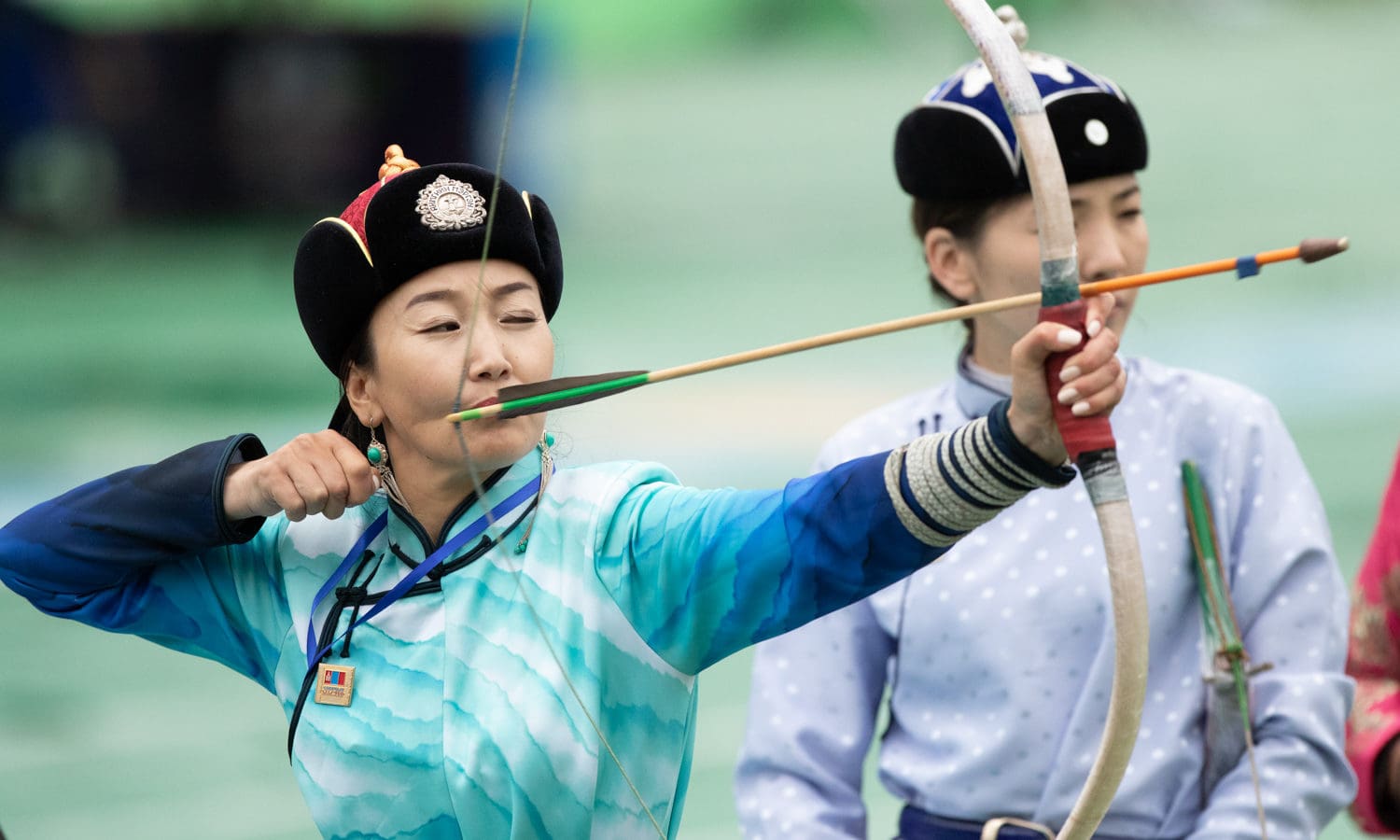
Horse Racing
The horse racing competition was different than what Americans usually see, with jockeys being boys and girls only 7-12 years old. The race distance varied based on the horse’s age, 10-35 kilometers, and ran in a straight line across the natural terrain. This point to point course with no parallel road meant you only had one chance to shoot the race with the jockeys moving quickly past in a matter of seconds. My favorite shots came when I positioned myself a short distance before the finish where I could pick out individual riders and use a slow shutter speed and capture a panning shot.
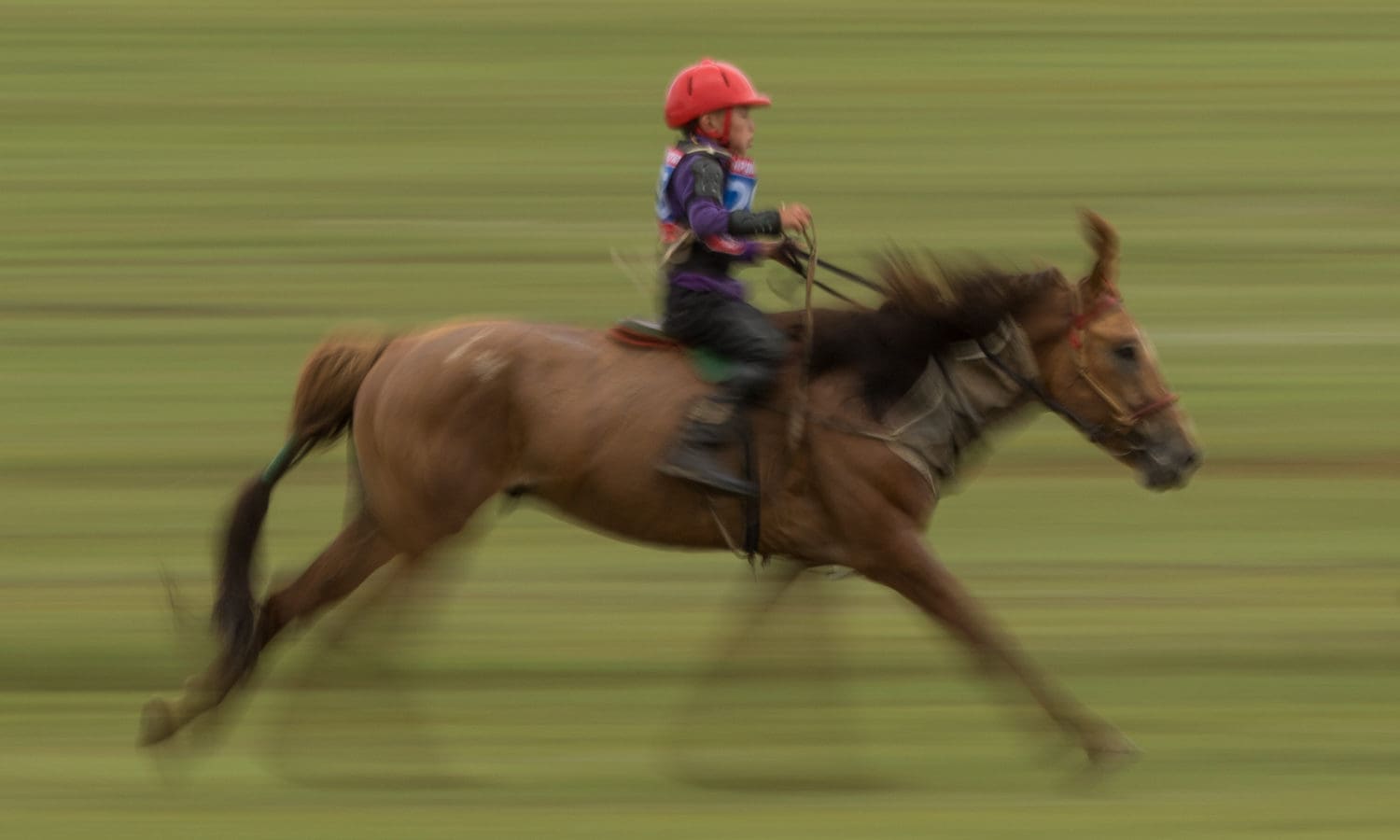
It was a real treat to be able to capture this special festival in Mongolia. I was exposed to new experiences and challenged with photographic opportunities that I wouldn’t find anywhere else. I look forward to finding a way to make this available to clients and sharing these opportunities in the future.
—–
If you are interested in a joining me a for a photo tour that is currently scheduled, head over to my Bhutan Photo Tour page.
Become part of John’s inner circle
Sign up for the newsletter here – it’s free.
Want to become a better photographer?
Check out John’s selection of photography and camera classes here.
